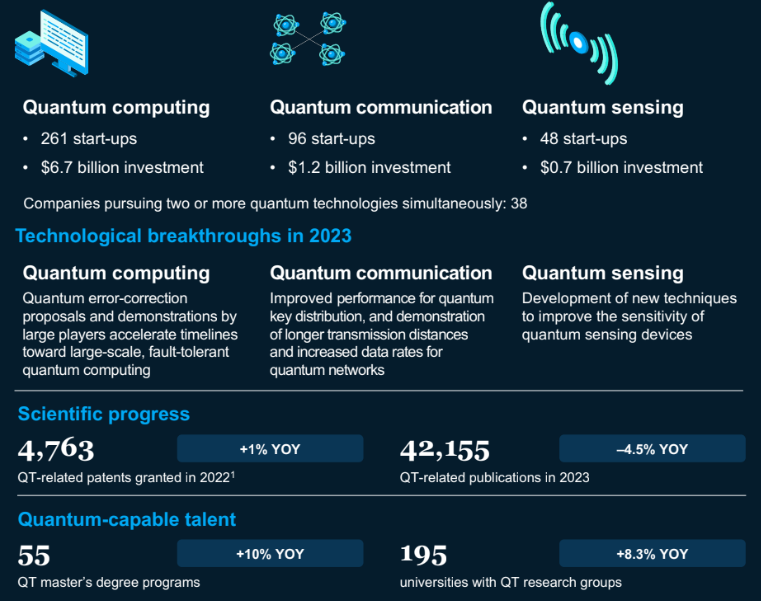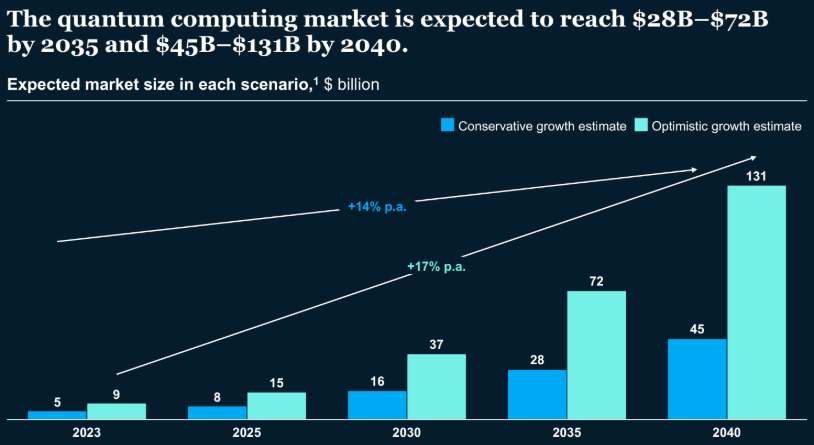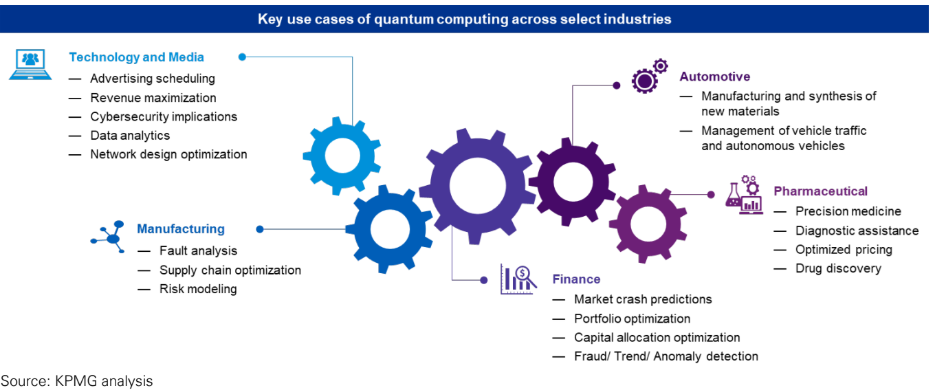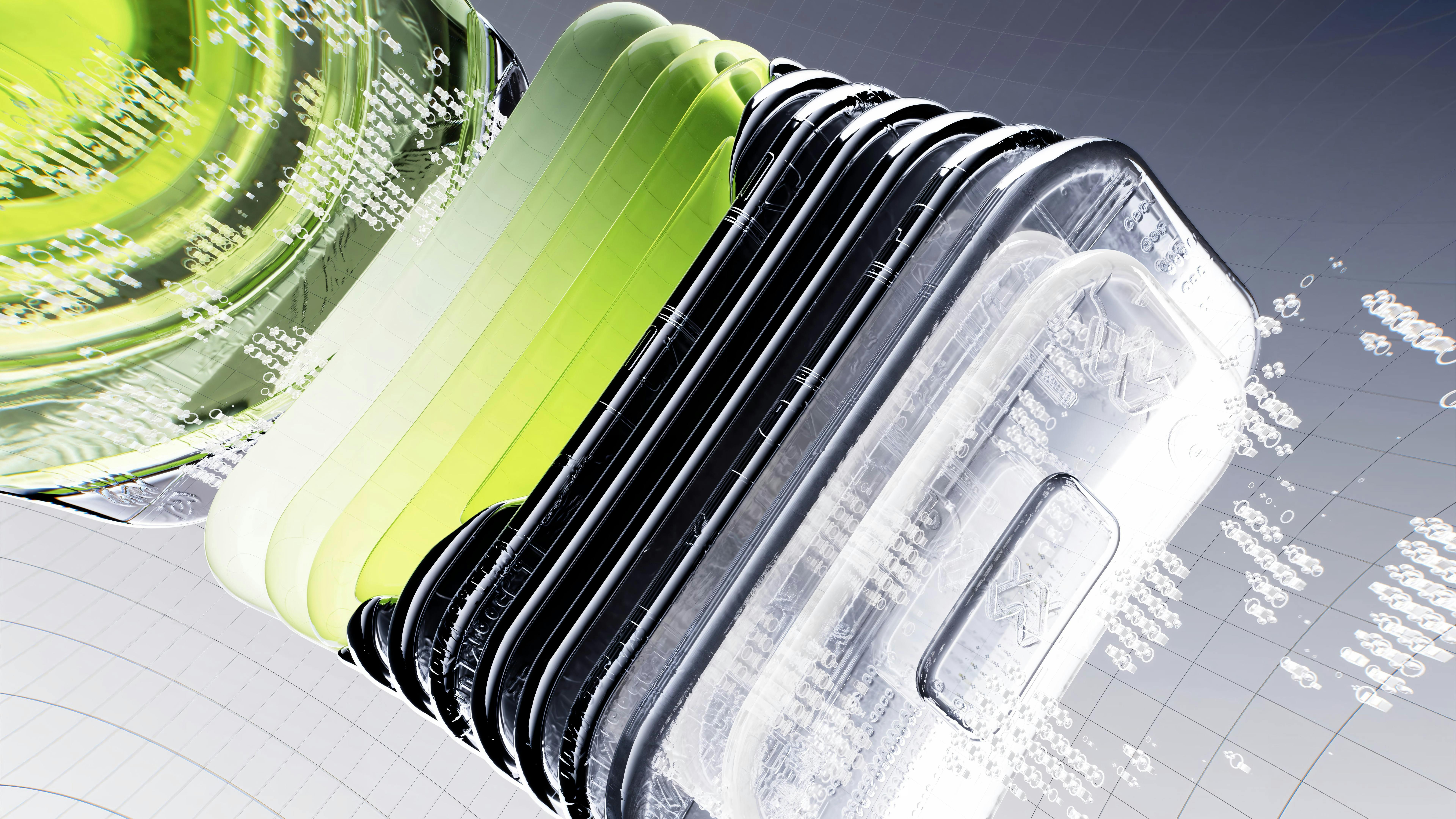Hey everyone, ready to learn about something super cool: the fundamental differences between quantum and classical computing. Buckle up, because understanding this isn’t just for scientists in lab coats anymore – it’s the key to unlocking a future we can barely imagine!
Our Quantum Dreams
Picture this: We’re living in a world where the most complex problems that plague humanity are being solved at lightning speed. Imagine new life-saving drugs discovered in a matter of hours, climate change models so precise we can tailor solutions perfectly, and financial systems optimized for ultimate stability and fairness. We’re talking about tackling the “impossible,” the problems that have stumped our greatest minds for generations. This isn’t science fiction; it’s the potential future powered by our understanding of the core differences between classical and quantum computers. It’s a future where scientific discovery accelerates exponentially, where industries become hyper-efficient, and where we can truly understand and manipulate the world at its most fundamental level.
What’s Buzzing in the Quantum World?
Just recently, the momentum in the Quantum Technology (QT) ecosystem is pretty evident. *Did you know that in 2023 alone, there were a whopping 42,155 QT-related publications? That’s a ton of brainpower focused on this field! Plus, 4,763 QT-related patents were granted in 2022. This goes to show you, this isn’t just theoretical anymore; it’s rapidly evolving with real, tangible progress happening every day. You can see the market size projections of quantum computing expected to reach somewhere between $28B and $72B by 2035!
*(Source: Report on quantum technology monitor, April 2024 by McKinsey)

The Hiccups in Our Quantum Journey
But hold on, it’s not all smooth sailing to our quantum utopia. We’re facing some significant challenges right now:
- Qubit Instability (Noise): The basic building blocks of quantum computers, called qubits (quantum bits), are super sensitive. They can easily be disturbed by their environment, leading to errors in calculations. Think of it like trying to stack LEGOs in a hurricane! This is often referred to as the NISQ (Noisy Intermediate-Scale Quantum) era.
- Limited Coherence Times: Qubits can only maintain their special quantum properties like superposition (being both 0 and 1 at the same time) and entanglement (spooky connection between qubits) for a very short period before they “decohere” and act like regular classical bits. It’s like a fleeting moment of quantum magic.
- Scalability: Building quantum computers with a large number of high-quality, connected qubits is incredibly difficult. To solve really complex problems, we’ll likely need hundreds of thousands or even millions of qubits working together coherently. The quantum computers we have today are nowhere near that scale.
- Algorithm Development: While quantum computers have the potential for exponential speedups for certain problems, we still need to develop specific quantum algorithms to take advantage of this power. Not all classical algorithms have a quantum counterpart.
- Error Correction: Because qubits are so fragile, we need robust methods to detect and correct the errors that inevitably occur during quantum computations. Perfect error correction is still a major hurdle.
Why the Quantum Road is Bumpy
Why are these problems so tough? Well, quantum mechanics itself is a different ball game than classical physics.
- Controlling the Quantum Realm: Manipulating individual atoms and photons, which are often used to create qubits, requires extremely precise control and very specific environments (like ultra-cold temperatures).
- The Nature of Qubits: Unlike classical bits that are either 0 or 1, qubits exist in a probabilistic superposition. Measuring a qubit forces it into a definite state (either 0 or 1), and we lose the superposition information. This makes it challenging to get reliable results from computations.
- Interactions: While interactions between qubits are what enable quantum computation, controlling unwanted interactions or interference is a huge challenge.
Our Quantum Faith
Despite these hurdles, we firmly believe that our utopian vision is within reach! The rapid progress we’re seeing in qubit technology, the increasing investment in the field, and the breakthroughs in error correction proposals and demonstrations are incredibly encouraging. Just look at the advancements being made by companies like IBM and Google in increasing qubit counts. The fact that we’re even in the NISQ era means we’re starting to explore problems that classical computers struggle with. I believe that with continued dedication and innovation, these problems will be overcome.

Charting Our Quantum Course: Potential Solutions
So, how do we get there? Here are some potential paths forward:
- Investing in Research and Development: We need continued and increased funding for basic research in quantum physics, materials science, and computer science to better understand and control quantum systems.
- Developing Better Qubit Technologies: Exploring different types of qubits (like superconducting qubits, trapped ions, photonic qubits, etc.) and improving their stability and coherence times is crucial.
- Focusing on Error Correction Techniques: Developing more efficient and scalable quantum error correction codes is essential for building fault-tolerant quantum computers.
- Creating Hybrid Classical-Quantum Systems: In the near term, combining the strengths of classical and quantum computers to tackle problems (hybrid approaches) can yield valuable results and gives a good overview of use cases across industries, highlighting potential areas for such hybrid approaches.
- Building a Skilled Workforce: Investing in education and training programs to create a pipeline of quantum computing experts – physicists, engineers, and algorithm developers – is vital.
- Identifying Industry-Specific Use Cases: Clearly defining the problems in various industries that stand to benefit most from quantum computing will drive development and adoption. The “Quantum Technology Monitor April 2024” report on page 30 has a “Refreshed use-case value matrix of quantum computing (QC) by industry”.
- Fostering Collaboration: Encouraging partnerships between academia, industry, and government will accelerate innovation and the development of practical quantum solutions.
- Developing Application-Based Benchmarks: Creating standardized ways to measure the performance of quantum computers on real-world problems will provide better insights into their capabilities.

Understanding the fundamental differences between classical and quantum computing – the bits versus the qubits, the sequential processing versus the simultaneous calculations thanks to superposition and entanglement – is the first step in this journey. Quantum computers aren’t here to replace your laptop; they’re designed for those specific, incredibly complex problems that are beyond the reach of even the most powerful supercomputers today.
Now, I’d love to hear from you! What are your thoughts on the potential of quantum computing and the challenges we need to overcome? Let’s discuss!
We offer a range of marketing and branding services, led by top professionals who have decades of experience. To know more about how we can take your organization to a higher orbit, visit Our Services Page or drop in an email to connect.)
